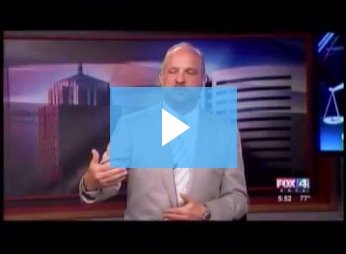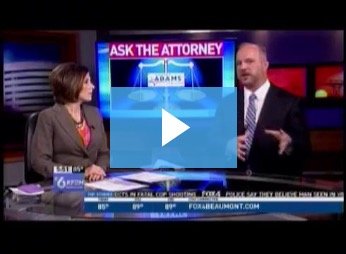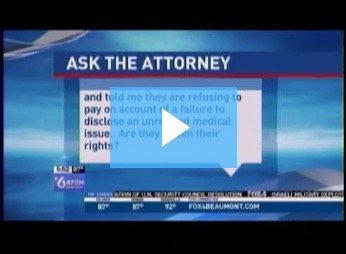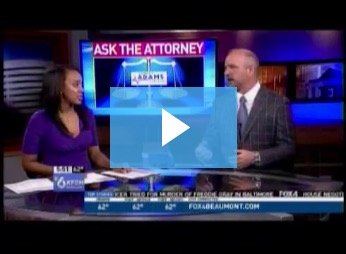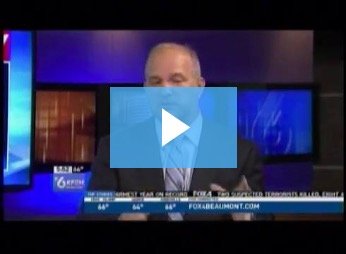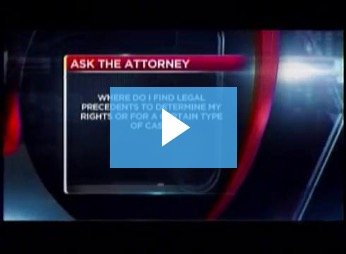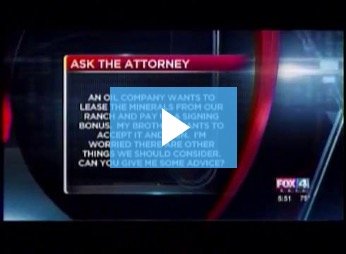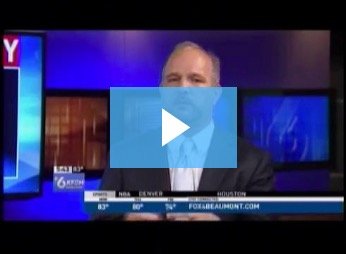Learn More: Plaintiff’s Personal Injury Law
Personal injury actions require, by their very nature, that someone be injured. The requisite injury can either by physical or, in some cases, emotional. The general goal of personal injury actions is to place the blame for the injury on the party who caused it and to require them to compensate the injured for the losses sustained.
Not every injured plaintiff is entitled to recover damages for the injury he or she sustains. Besides an injury, the plaintiff must establish, through evidence, that the defendant is legally liable for his or her injuries. This requires proof of causation both in terms of actual, factual causation and proximate, or legal causation. Whether legal causation is established depends on the facts and circumstances of the particular matter in question. The defendant can be held liable as a result of either the actions that are taken, or the actions that are not taken.
Some personal injury actions revolve around legal causation derived from a concept of intentional conduct, whereby it is generally held that if one intentionally harms another, or knows that the conduct which is engaged in causes a substantial likelihood that harm will result, liability for the resulting harm will in fact attach. Other personal injury actions have as their legal causation a looser concept of fault called negligence. Under a negligence theory, in comparison, one is liable for the results of actions, or inaction, where an ordinary person in the same position should have foreseen that the conduct would create an unreasonable risk of harm to others. Still other types of personal injury actions are based on strict liability, a no-fault system where liability may attach regardless of the fault of the various parties, including the plaintiff.
In some situations, the defendant’s conduct, while questionable, does not rise to a level that entitles the plaintiff to a recovery. For example, if a plaintiff knowingly and willfully chooses to encounter a known hazard, the law holds that he or she has “assumed the risk of injury” and therefore the defendant is not liable. This theory applies for instance in a case where the plaintiff walks on an obvious build up of snow and ice caused by the defendant property owner’s failure to shovel his sidewalk, falls and breaks her hip, and is unable to recover for her injuries because she knew of the hazardous condition and willingly chose to encounter it. Plaintiffs are denied recovery in other cases if their subjective belief about a situation does not match an objective “reasonable person” standard. For instance, where the defendant approaches the plaintiff and states “I might poke you in the eye if you wear that red sweater again,” it is likely that no actionable assault occurred due to the fact that there was no immediate threat of harm that caused reasonable apprehension on the part of the plaintiff.
Personal injury law can involve many different types of claims, theories, and principles. Some of the more common, or interesting, types of personal injury actions include:
Animal bites can result in the animal owner’s liability to the person who is bitten or who is injured while trying to avoid a bite.
Assault and battery are two intentional torts that involve improper contact with another, without permission or consent, or the threat of such contact.
Aviation accidents quite often result in either serious injury or death. When these accidents occur, serious questions regarding the liability of the airline, its employees, or the government may arise.
Defamation and privacy are two separate causes of action that concern the rights of individuals to have their names and reputations protected, and also to have their privacy preserved.
Motor vehicle accidents raise numerous questions as to the liability of one participant to another and also raise interesting questions regarding who should be responsible for covering the losses.
Premises liability concerns the responsibilities of owners and possessors of property to safeguard others from dangerous conditions or hazards on the property and to prevent others from being injured while on the property.
Property damage causes of action concern the rights of owners or possessors of property to protect their property from damage, theft or intrusion.
Railroad accidents may result in personal injury or death and subject the railroad to liability.
Slip and fall cases are very common causes of action and relate closely to the duty of an owner or possessor of land to maintain the property in a safe manner for the benefit of others lawfully entering upon the land.
Wrongful death actions may be brought by the dependents or beneficiaries of a deceased individual against the party whose action or inaction was causally related to the death.


